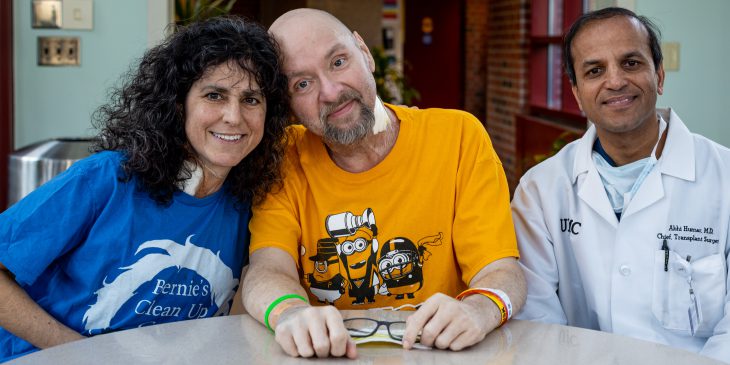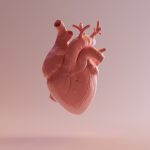Celebrating another milestone in its pioneering role in liver transplantation, UPMC has performed it’s 500th adult living-donor liver transplant (LDLT). UPMC is the national leader in living-donor liver transplants, performing more than any other medical center in the country.
More than 12,000 Americans are waiting for a liver transplant — yet only about 8,000 deceased-donor livers become available each year. Living-liver donation enables UPMC to provide more options for patients and more-timely care without the need for a deceased donor.
“Living donation offers an option for those who won’t qualify for a deceased donor transplant or who simply cannot wait” said Abhi Humar, M.D., Chief, Division of Transplantation, UPMC. “There just aren’t enough livers to go around for all who need them.”
In 2019, UPMC led the nation in living donor liver transplants (76) and was the only center in the country to perform more living donor than deceased donor liver transplants.
 While many LDLTs occur between relatives, some patients receive the gift of an altruistic donation from someone they do not know. That was the case for the 500th LDLT where Richard Dzugan (Lower Burrell, Pa.) received a portion of Marina Moses’ (Hollidaysburg, Pa.) liver.
While many LDLTs occur between relatives, some patients receive the gift of an altruistic donation from someone they do not know. That was the case for the 500th LDLT where Richard Dzugan (Lower Burrell, Pa.) received a portion of Marina Moses’ (Hollidaysburg, Pa.) liver.
“It’s the best thing I’ve ever done,” said Moses. “I’m amazed that there was something in my body for 51 years that was really meant for someone else.”
Moses first heard about LDLTs on a news program, realized it was something she could do, and despite her fear of the surgery, felt compelled to donate.
“This is a peak in my life—right up there with having my 3 kids or getting married,” said Moses
During a LDLT a piece of the donor’s healthy liver is removed and transplanted into another person. The procedure works because of the liver’s unique ability to regenerate or regrow. The piece of donated liver grows into a healthy and functioning liver for the recipient.
“It’s an outstanding example of what people are capable of doing for others,” said Humar. “You can see right away that there’s a bond— both physical because of the organ, and emotional, because many of our donors and patients stay in touch for their lifetime.”
Additional information on living-donor liver transplants can be found through UPMC Thomas E. Starzl Transplant Institute. Resources on who can donate, the living-liver donor process and the benefits and risks of surgery are available.








